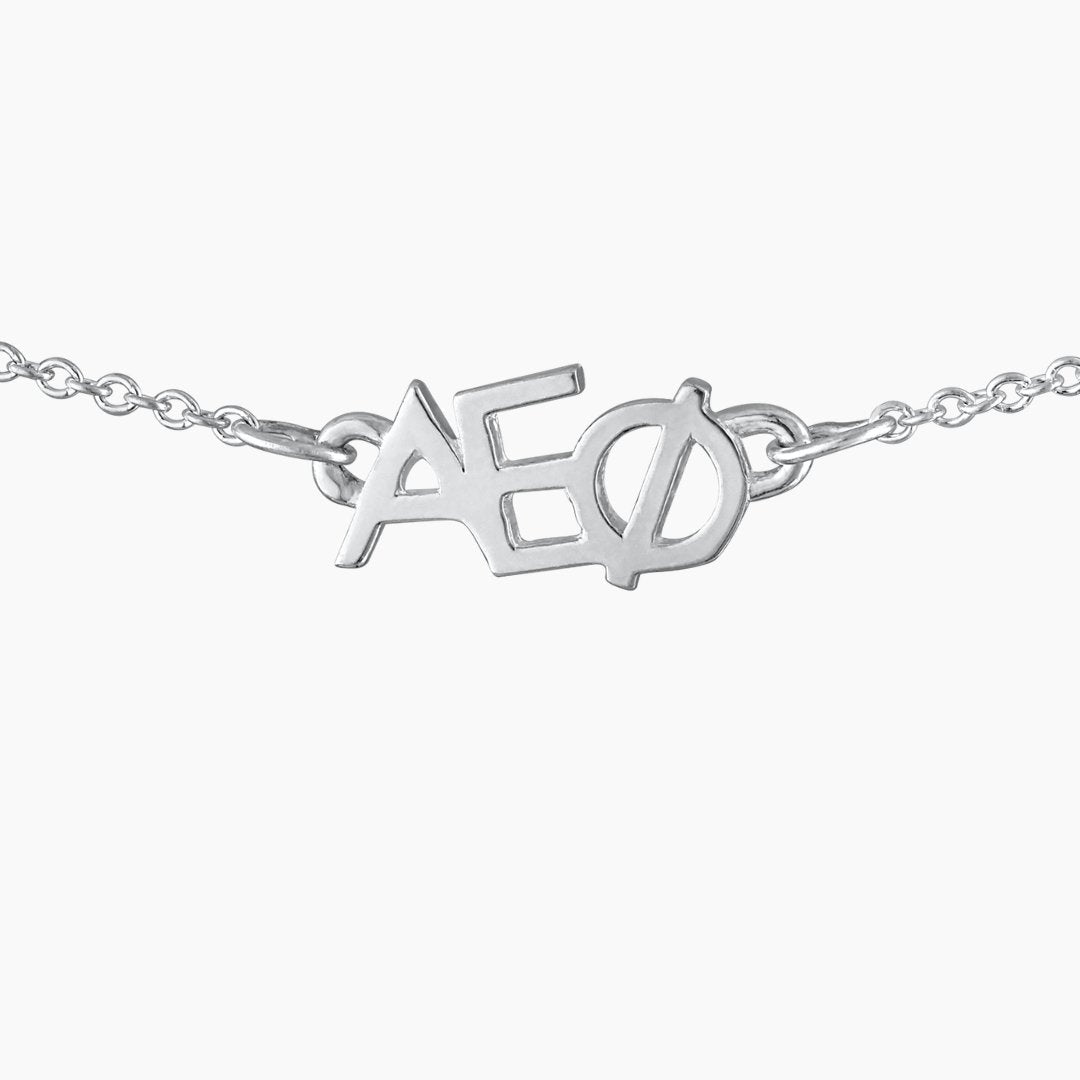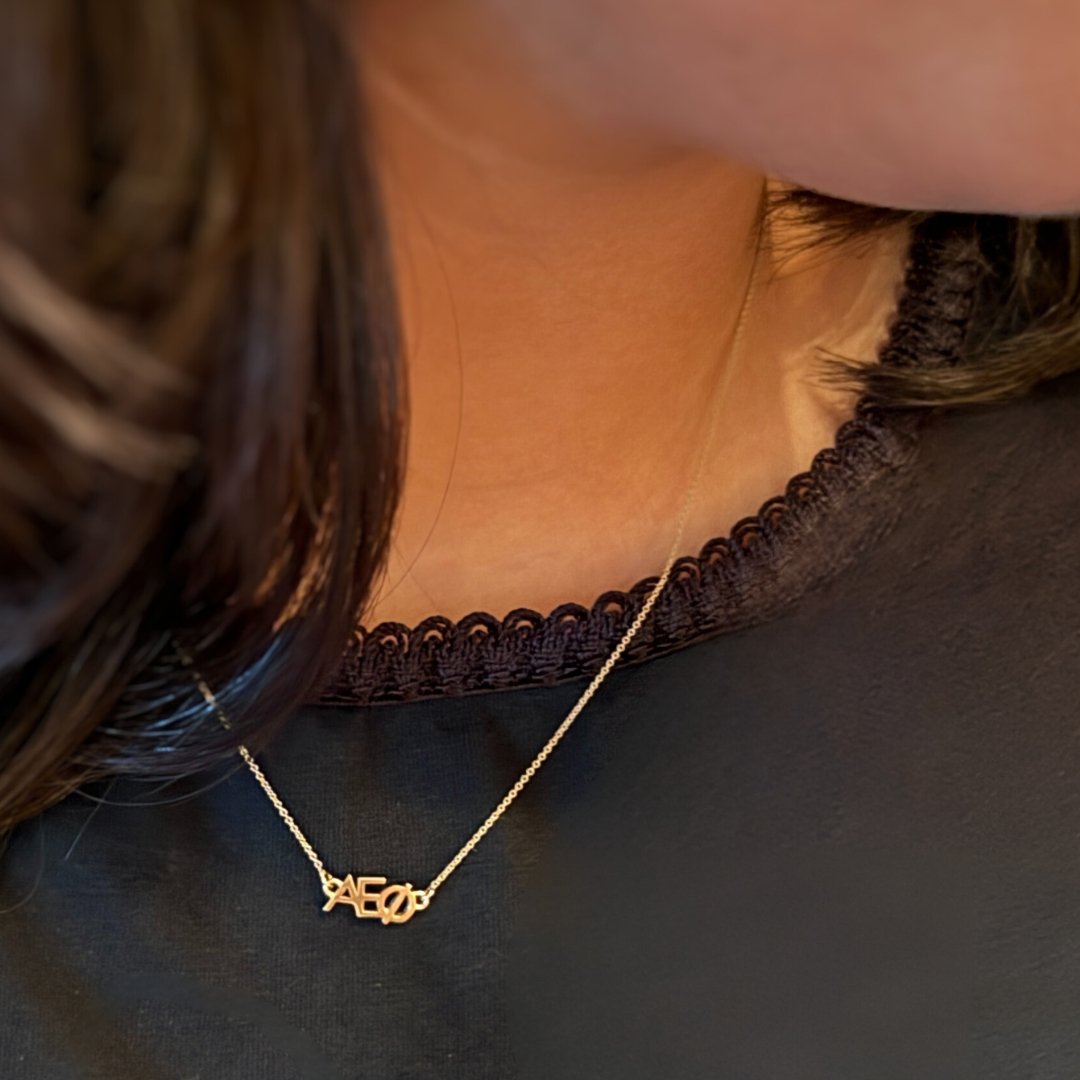Ruth Bader Ginsburg, Supreme Court Justice
Ruth Bader Ginsburg was a force of nature. Known as the "Notorious RBG," she was a trailblazing Supreme Court Justice who fought tirelessly for gender equality and civil rights.
Early Life: Foundations of Determination
Born Joan Ruth Bader on March 15, 1933, in Brooklyn, New York, Ginsburg's upbringing was modest but rich in cultural and educational values. Her mother, Celia, was a significant influence, instilling in her the importance of education and independence. Celia was an advocate for women's education and believed that her daughter could achieve anything she set her mind to. Ruth excelled in her studies, showing an early aptitude for academics.
Ruth's father, Nathan Bader, owned a small business. The family's financial situation was not affluent, but they prioritized education and cultural enrichment. Ruth's home was filled with books, and her parents encouraged her to read and learn as much as possible. This early exposure to the power of knowledge laid the foundation for Ruth's lifelong passion for learning and justice.
Cornell University: Where it All Began
In 1950, Ruth Bader embarked on her college journey at Cornell University (Go Big Red!), where she majored in government and minored in philosophy. Cornell was not just a place for academic growth but also where Ruth's path would intersect with two significant aspects of her life: her future husband, Martin Ginsburg, and her sorority, Alpha Epsilon Phi.
Alpha Epsilon Phi (AEPhi) was founded on the principles of lifelong friendship and sisterhood, values that resonated deeply with Ruth. Joining AEPhi allowed her to form connections that would support and inspire her throughout her life. The sorority emphasized academic excellence, social responsibility, and philanthropy—principles Ruth carried with her in her future endeavors.
At Cornell, Ruth met Martin Ginsburg, a charismatic and brilliant young man who shared her intellectual curiosity and passion for justice. Their relationship was built on mutual respect and admiration, and they quickly became inseparable. Martin's sense of humor and unwavering support for Ruth's ambitions made him an ideal partner for the challenges ahead.
Law School and Early Challenges
After graduating from Cornell in 1954, Ruth married Martin Ginsburg, and the couple moved to Oklahoma, where Martin served in the military. Ruth worked for the Social Security Administration and faced blatant gender discrimination when she became pregnant with their first child, Jane. This experience was one of many that fueled her determination to fight for gender equality.
In 1956, Ruth enrolled at Harvard Law School, one of only nine women in a class of about 500 men. The environment was challenging, and Ruth often faced skepticism from her male counterparts and professors (just like Elle Woods in 2001!). Nevertheless, she excelled academically, becoming the first woman to be on the Harvard Law Review.
Tragedy struck when Martin was diagnosed with cancer. Ruth balanced her rigorous studies with caring for her husband and their young daughter. Her perseverance during this period is a testament to her resilience and dedication. Martin's recovery and Ruth's relentless support during his illness strengthened their bond and highlighted the power of partnership in overcoming adversity.
Columbia Law School: Breaking Barriers
After Martin's recovery and a job offer in New York, Ruth transferred to Columbia Law School, where she graduated at the top of her class in 1959. Despite her impressive credentials, she struggled to find employment due to gender bias. Finally, a clerkship with Judge Edmund Palmieri marked the beginning of her legal career.
Ruth's experience with employment discrimination left a lasting impact on her. She resolved to challenge the systemic barriers that prevented women from achieving their full potential. Her clerkship with Judge Palmieri provided invaluable experience and insight into the judicial system, further fueling her passion for justice.
Academic and Legal Contributions
Ruth's career in academia began at Rutgers Law School in 1963, where she faced discrimination again, being paid less than her male colleagues. Undeterred, she co-founded the Women’s Rights Law Reporter, the first law journal in the U.S. to focus on gender equality issues.
In 1972, Ruth joined the faculty at Columbia Law School, becoming the first tenured female professor there. She co-authored the first law school casebook on sex discrimination, further cementing her role as a pioneer in gender equality law. Her work at Columbia not only advanced legal scholarship but also mentored a new generation of lawyers dedicated to social justice.
ACLU and Gender Equality
Despite her small stature, Ruth Bader Ginsburg was a towering figure in the fight for justice and equality.
Ruth's most notable work during this period was with the American Civil Liberties Union (ACLU). As the director of the ACLU’s Women’s Rights Project, she argued six landmark cases on gender equality before the Supreme Court, winning five. These cases dismantled numerous laws that discriminated based on gender, paving the way for future advancements in women's rights.
Her strategic approach was methodical and brilliant: she often chose male plaintiffs to highlight that gender discrimination harmed everyone, not just women. This tactic helped to shift perceptions and garner broader support for gender equality.
One of her landmark cases was Reed v. Reed, where the Supreme Court ruled that administrators of estates cannot be named in a way that discriminates between sexes. This case marked the first time the Court struck down a law based on gender discrimination, setting a critical precedent.
The Supreme Court: A Historic Appointment
In 1980, President Jimmy Carter appointed Ruth to the U.S. Court of Appeals for the District of Columbia Circuit. Her tenure there was marked by her careful and measured judicial philosophy. She was known for building consensus and carefully crafting her opinions to withstand scrutiny.
Then, in 1993, President Bill Clinton nominated her to the Supreme Court, making her the second woman ever to serve on the highest court in the United States. During her confirmation hearings, Ruth articulated her vision of equality and justice, earning widespread support across the political spectrum.
Supreme Court Justice: Defender of Rights
As a Supreme Court Justice, Ginsburg became known for her strong stance on gender equality, civil liberties, and social justice. Her opinions, whether in the majority or dissenting, often highlighted her unwavering commitment to fairness and equality.
Ruth Bader Ginsburg's collars, or jabots, became a distinctive part of her identity and a powerful form of silent communication on the Supreme Court bench. Each collar she wore carried its own meaning, allowing her to convey subtle messages through her attire. Ginsburg wore a particular collar when delivering majority opinions, a beaded jabot from South Africa, symbolizing unity and progress. Conversely, her "dissent collar," a spiky gold and black bib necklace, was famously worn when she read dissenting opinions, signaling her disagreement and resistance. These collars not only personalized her judicial robes but also embodied her meticulous attention to detail and her unwavering commitment to justice and equality. Through these sartorial choices, Ginsburg subtly asserted her presence and dissent, reinforcing her role as a formidable and influential voice on the Court.
One of her most famous dissents was in the case of Ledbetter v. Goodyear Tire & Rubber Co., where she argued against pay discrimination. Her dissenting opinion was so powerful that it led to the passage of the Lilly Ledbetter Fair Pay Act in 2009, which made it easier for workers to win pay discrimination claims.
In United States v. Virginia, Ginsburg wrote the majority opinion that struck down the Virginia Military Institute's male-only admissions policy, reinforcing the principle that gender-based classifications must be subjected to strict scrutiny.
Another significant case was Obergefell v. Hodges, where Ginsburg's questions during oral arguments highlighted the importance of marriage equality. The Court's decision in favor of same-sex marriage was a monumental victory for LGBTQ+ rights, further solidifying her legacy as a champion of equality.
In August 2013, she became the first Supreme Court justice to officiate a same-sex wedding.
In her final years, Ruth Bader Ginsburg continued to serve on the Supreme Court with unwavering dedication despite multiple battles with cancer. She remained a powerful voice on the bench, delivering influential opinions and dissents.
Personal Life and Legacy
Ruth and Martin's relationship was a partnership built on mutual respect and support. Martin was a prominent tax attorney and a loving husband who championed Ruth's career. They had two children, Jane and James, who both admired and supported their mother's work.
Martin's sense of humor and culinary skills complemented Ruth's intense focus and dedication. Recognizing that his wife's professional ambitions surpassed his own, he made the notably progressive choice to prioritize home and family, allowing Ruth to pursue her dreams. Their home became a hub of intellectual discussion, warmth, and laughter. Ruth often credited Martin with being her biggest supporter and the wind beneath her wings.
Ruth's legacy transcends her judicial opinions; she became a cultural icon known as "Notorious RBG," inspiring books, movies, and even a fitness routine. Her tenacity and advocacy for equal rights resonated with younger generations, making her a symbol of justice and empowerment.
Ginsburg's influence permeated popular culture, leading to documentaries, biopics, and merchandise celebrating her life. Her story inspired countless young women to pursue careers in law and public service, cementing her role as a beacon of justice and equality.
The Lasting Impact of Ruth Bader Ginsburg
Ruth Bader Ginsburg's journey from a young college student to a Supreme Court Justice is a testament to her strength, intellect, and unwavering commitment to justice. Her time at Cornell and her involvement in Alpha Epsilon Phi played a crucial role in shaping the woman who would go on to break barriers and set new precedents in the legal field.
Ginsburg's resilience and commitment to justice inspired millions, even as her health declined. She passed away on September 18, 2020, at the age of 87, leaving behind a monumental legacy that continues to shape the fight for equality and civil rights.
Ginsburg's life story is an inspiration for college-aged women everywhere. She demonstrated that with perseverance, intelligence, and a supportive network—like the one found in a sorority—anything is possible. Her legacy continues to inspire those who fight for equality and justice, reminding us that the pursuit of a fair and equitable society is a noble and necessary endeavor.
In the words of the Notorious RBG herself, "Fight for the things that you care about, but do it in a way that will lead others to join you." Ruth Bader Ginsburg fought tirelessly for justice, and her impact will be felt for generations to come.
Her work reshaped the legal landscape, and her life story serves as a beacon of hope and a call to action. Ginsburg's legacy is a reminder that progress is possible, and with determination and courage, we can all contribute to a more just and equitable world. As we reflect on her remarkable journey, let us honor her by continuing the fight for justice and equality for all.









